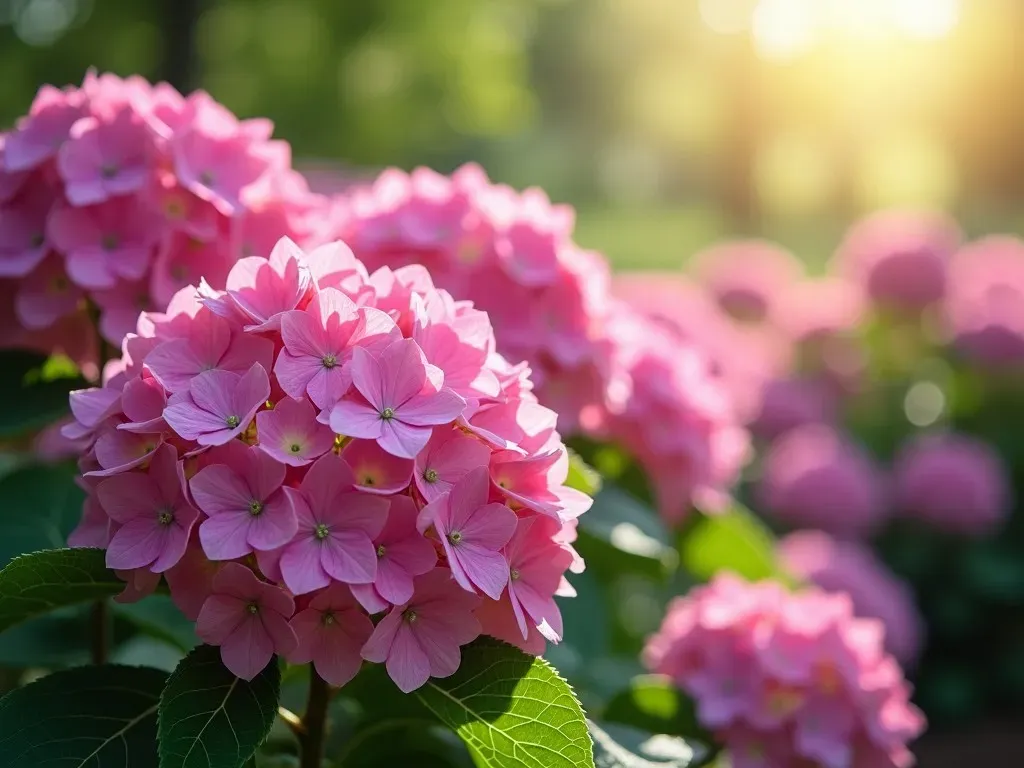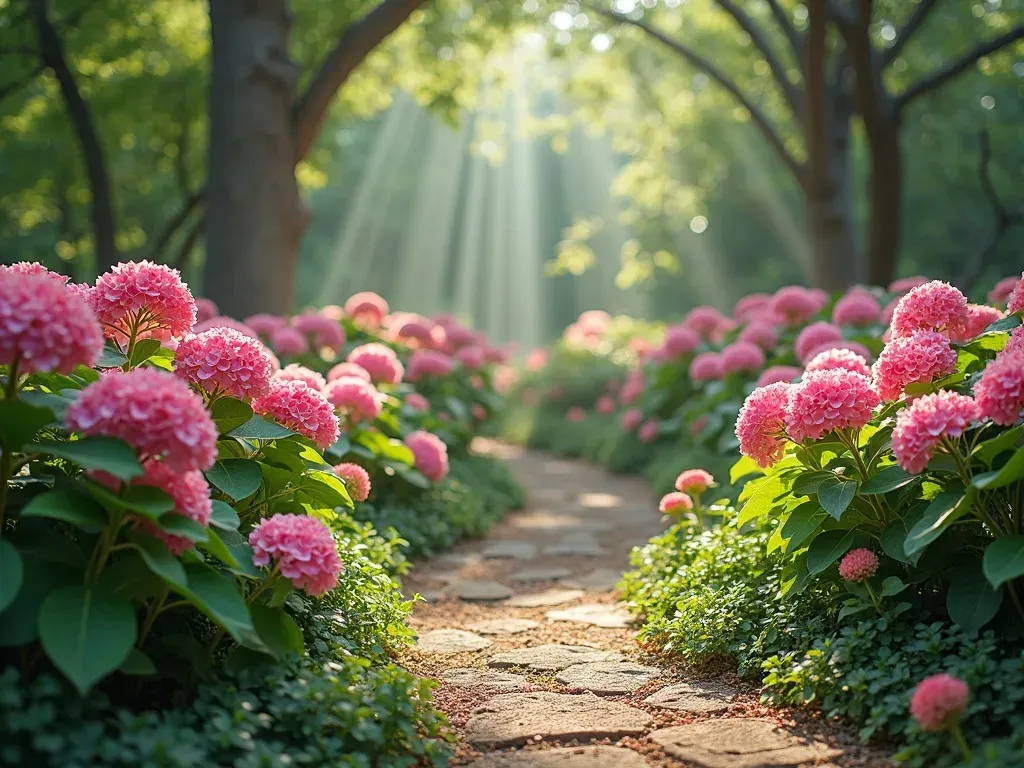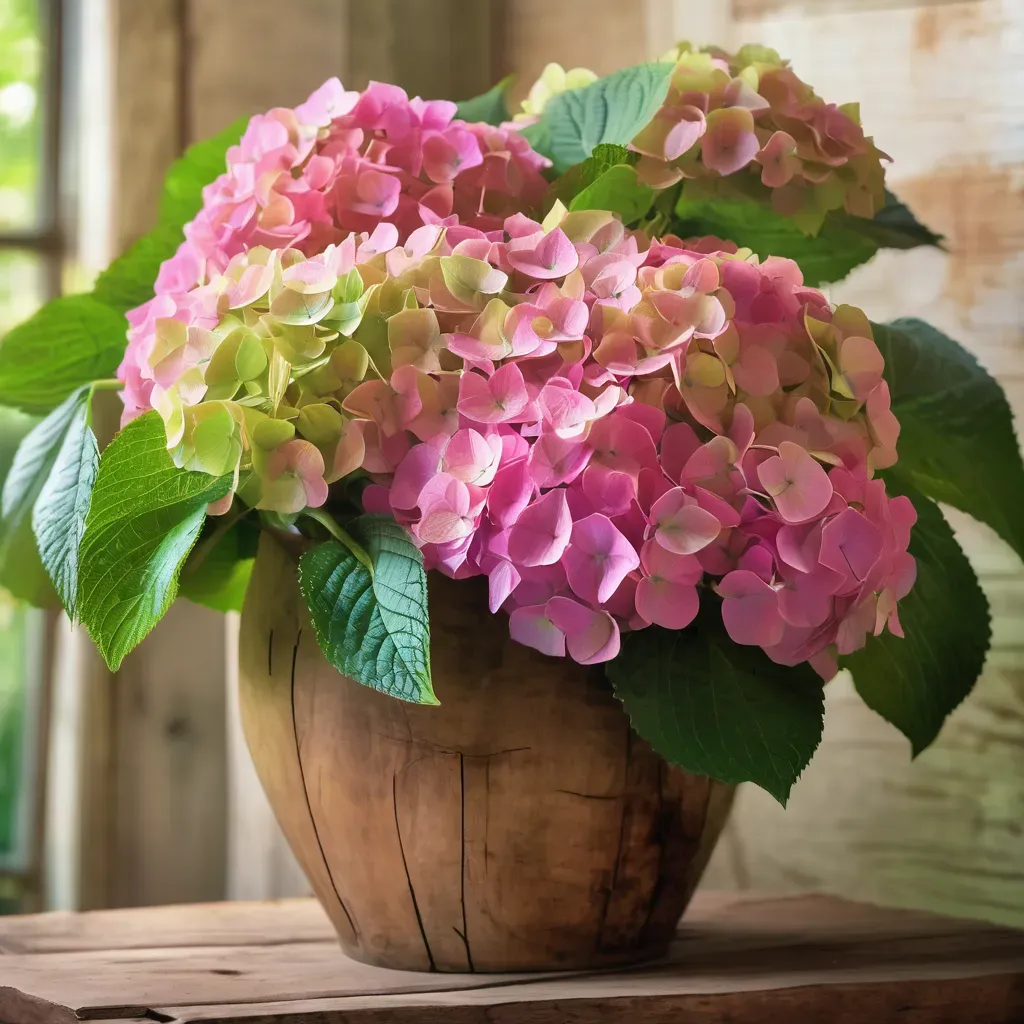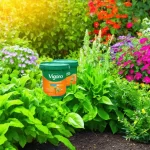Pink hydrangeas are exquisitely beautiful flowering shrubs, heralded for their charming blooms that range from soft pastels to vibrant hues. There’s something inherently romantic about these flowers, making them a favorite for gardens, weddings, and floral arrangements alike. Whether for your garden or as a gift, pink hydrangeas bring joy and elegance wherever they flourish.
Types of Pink Hydrangeas
Pink hydrangeas come in various types and shades, making them versatile for many gardening styles. Here’s a look at some popular varieties:
| Variety Name | Description | Typical Bloom Color |
|---|---|---|
| Mophead hydrangea | Classic round clusters of blossoms. | Light to hot pink |
| Lacecap Hydrangea | Flat clusters with a beautiful mix of blooms and foliage. | Pale to bright pink |
| Oakleaf Hydrangea | Unique leaf shape that turns red in fall. | Blush to bright pink |
| Panicle Hydrangea | Cone-shaped flower heads suitable for mixing. | Dark to light pink |
| Climbing Hydrangea | Climbing vine that can cover trellises and walls. | Soft pink |
Pink Hydrangea Blooms and Their Colors
- Light Pink Hydrangeas: Soft tones perfect for a gentle aesthetic.
- Hot Pink Hydrangeas: Vibrant blooms that make a bold statement.
- Blush Pink Hydrangeas: Subtle and romantic for delicate gardens.
Growing Pink Hydrangeas Effectively
To cultivate these vibrant beauties, consider the following essential tips:
Sunlight: Most hydrangeas thrive in partial shade, particularly during the hottest parts of the day. Too much sun can scorch the flowers and leaves.
Soil Type: Hydrangeas prefer moist, well-drained soils. They thrive best in slightly acidic to neutral pH levels.
Watering: Consistent watering is crucial. Pink hydrangeas should be watered deeply at least once a week, especially during dry spells.
Pruning: Pruning depends on the variety. Most should be pruned in late winter to promote healthy new growth in the spring.

Ideal Conditions for Pink Hydrangeas
- Climate: They prefer temperate climates and can tolerate some cold weather.
- Mulching: Apply mulch to conserve moisture and suppress weeds.
Recommended Fertilizers
Using appropriate fertilizers can significantly enhance the bloom of pink hydrangeas. Experts recommend:
| Fertilizer Type | Application Timing | Reason |
|---|---|---|
| Acidic Fertilizer | Early spring and mid-summer | To strengthen root systems and boost blooms |
| Slow-Release Granules | Seasonal application | Provides a constant supply of nutrients |
Common Pink Hydrangea Problems
Like any garden plant, pink hydrangeas are prone to specific issues:
- Pests: Watch for aphids and spider mites.
- Diseases: Prevent root rot by ensuring good drainage and moderate watering.
Pink Hydrangeas for Landscape Design
In landscape design, pink hydrangeas can serve various roles:
- Focal Points: Use them as standout features in garden beds.
- Borders: Plant them along paths or borders for a colorful outline.
- Mixed Plantings: Combine them with Other perennials for a vibrant natural look.

Reference Video
Frequently Asked Questions (FAQs)
What soil pH will keep my hydrangeas pink?
The color of hydrangea flowers can be affected by soil pH. For pink blooms, a pH of 6.0-6.5 is ideal.
When is the best time to plant pink hydrangeas?
The best time to plant pink hydrangeas is in spring or fall when the temperatures are cooler.
How do I prune pink hydrangeas?
Prune in late winter: remove dead stems and any blooms that did not flower to encourage new growth.
Can pink hydrangeas survive in shade?
While they prefer partial shade, some varieties can thrive in full sun if adequately watered.
Do pink hydrangeas require a lot of water?
Yes, they need consistent watering, especially during dry spells, but be cautious not to overwater.
Conclusion
Pink hydrangeas are stunning, versatile and a joy to grow for novice and experienced gardeners alike. Their enchanting blooms enhance any garden setting, evoking feelings of romance and elegance.
For more tips on growing hydrangeas, visit Better Homes & Gardens, which provides valuable insights and additional resources for hydrangea lovers.
Discover how these floral wonders can transform your garden into a haven of beauty and color!



